
Artificial Grass Solution Provider in San Juan: Quality Turf for Rooftops, Patios, and Gardens
Maintaining a lush, green lawn in San Juan can be
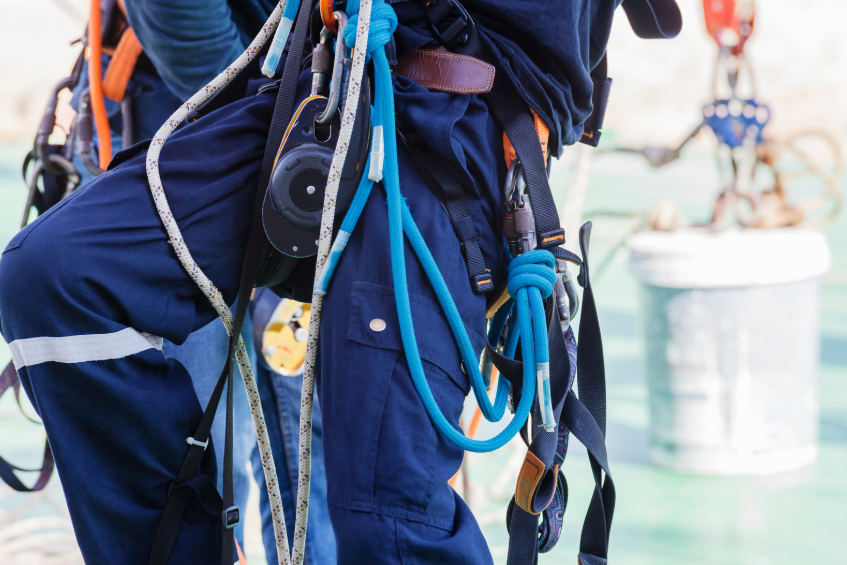
The maintenance and construction of building façades have always posed significant challenges for construction teams, particularly in urban environments. Traditional methods, such as scaffolding or mechanical lifts, often involve high costs, limited accessibility, and longer setup times. However, the introduction of rope access works has provided a more efficient, cost-effective, and safer alternative to these conventional methods. As buildings continue to grow taller and architectural designs become more complex, rope access works are emerging as the future of façade maintenance, offering numerous advantages over traditional solutions.
Rope access works involve a technique where trained technicians use ropes and harnesses to access hard-to-reach areas of a building. Initially used in the industrial sector, rope access works have evolved into a preferred solution for façade maintenance and construction. Unlike scaffolding or lifts, which require extensive setup and can block pedestrian paths, rope access works are fast and flexible. Workers can easily manoeuvre across various heights and building surfaces, ensuring minimal disruption to the surroundings while maintaining high safety standards.
One of the primary reasons businesses are turning to rope access works for building façade maintenance is the significant cost savings. Traditional methods, such as scaffolding and mechanical lifts, are expensive due to the labour, time, and materials required for setup. In contrast, rope access works require minimal equipment and personnel, reducing both initial and ongoing costs. This cost-effectiveness allows property owners and managers to maintain their buildings at a fraction of the price of traditional methods, without compromising on quality or safety.
Rope access works are known for their efficiency and speed. Since the setup time is minimal and there’s no need to construct large scaffolding structures, rope access technicians can begin work almost immediately. This quick turnaround leads to faster project completion, whether it’s cleaning, inspecting, or repairing a building’s façade. The flexibility of rope access works also ensures that technicians can reach challenging spots, such as narrow corners or elevated areas, without requiring additional equipment or complicated setups.
Safety is a key consideration in any building maintenance work, and rope access works prioritise it above all else. Technicians undergo rigorous training and must follow strict safety protocols to ensure both their safety and the safety of the public. Rope access works are generally considered safer than traditional methods like scaffolding, which can pose significant risks due to unstable structures or fall hazards. With rope access, the risks are significantly reduced as workers are securely fastened to their ropes, and the entire system is designed to prevent falls or accidents.
In addition to being cost-effective and safe, rope access works are also an environmentally friendly solution for building façade maintenance. Traditional methods often require large, heavy equipment that consumes significant resources and creates unnecessary waste. Rope access works, on the other hand, use minimal resources, reducing the carbon footprint of the project. The minimal disruption to surrounding areas also ensures that rope access works have a less environmental impact, making it the ideal choice for eco-conscious building owners and operators.
One of the most common applications of rope access works is for façade cleaning and maintenance. Whether it’s removing dirt, grime, or pollutants from glass, metal, or stone surfaces, rope access allows technicians to reach every corner of a building without blocking pedestrian paths or disrupting nearby activities. Rope access works can also be used for more complex tasks, such as pressure washing or applying protective coatings to preserve the building’s exterior.
Rope access works are invaluable for inspecting and repairing façades. Technicians can easily conduct detailed visual inspections of high-rise buildings or hard-to-reach areas using ropes and climbing gear. If issues such as cracks, leaks, or damaged panels are found, rope access works provide an efficient solution for quick repairs. This can help prevent further damage and avoid costly structural repairs in the future.
In addition to maintenance and repairs, rope access works are also employed for installing façade components. Whether it’s hanging signage, installing decorative panels, or attaching solar panels, rope access provides a versatile and safe method for performing these tasks. The ability to work from height without the need for scaffolding or other bulky equipment makes rope access works the go-to solution for such installations.
Traditional methods of façade maintenance, such as scaffolding, lifts, or cranes, come with several limitations. For one, they are often time-consuming and costly to set up. Scaffolding, in particular, requires significant space and resources, which can disrupt daily activities around the building. These methods also pose safety risks, especially when dealing with unstable weather conditions or high-altitude work. Rope access works, on the other hand, eliminate many of these challenges, offering a safer, faster, and more cost-efficient solution.
When comparing rope access works to traditional façade maintenance methods, the differences are clear. Rope access works are not only more cost-effective and quicker to implement, but they also offer enhanced safety and flexibility. Traditional scaffolding and lifts often require significant downtime and manpower, while rope access works can be set up quickly with fewer workers. The comparison of these two methods highlights the advantages of rope access works as the future of building façade maintenance, especially in cities with limited space or complex architecture.
As buildings continue to grow taller and more complex, rope access works are expected to play a pivotal role in the future of façade maintenance. With advancements in technology, such as drones for inspections and AI-driven safety systems, rope access works will become even more efficient and precise. The growing urbanisation and increasing number of high-rise buildings ensure that rope access works will continue to rise in popularity as the preferred solution for maintaining the beauty and integrity of building façades.
When selecting a rope access service provider for façade maintenance, it’s crucial to consider several factors. First and foremost, the provider should have proper certifications and a strong safety record. Additionally, they should have experience in the specific type of work required, whether it’s cleaning, inspection, or repair. Reading reviews and asking for referrals from other property owners can also help ensure that the service provider is reliable and trustworthy in handling rope access works.
Rope access works are the future of building façade maintenance and construction. With their numerous benefits, including cost-effectiveness, speed, safety, and minimal environmental impact, rope access works are set to replace traditional methods in the coming years. For property owners and managers looking for a reliable and innovative solution for façade maintenance, rope access works provide the perfect answer. Embrace this revolutionary approach today and ensure that your building remains in top condition for years to come.

Maintaining a lush, green lawn in San Juan can be
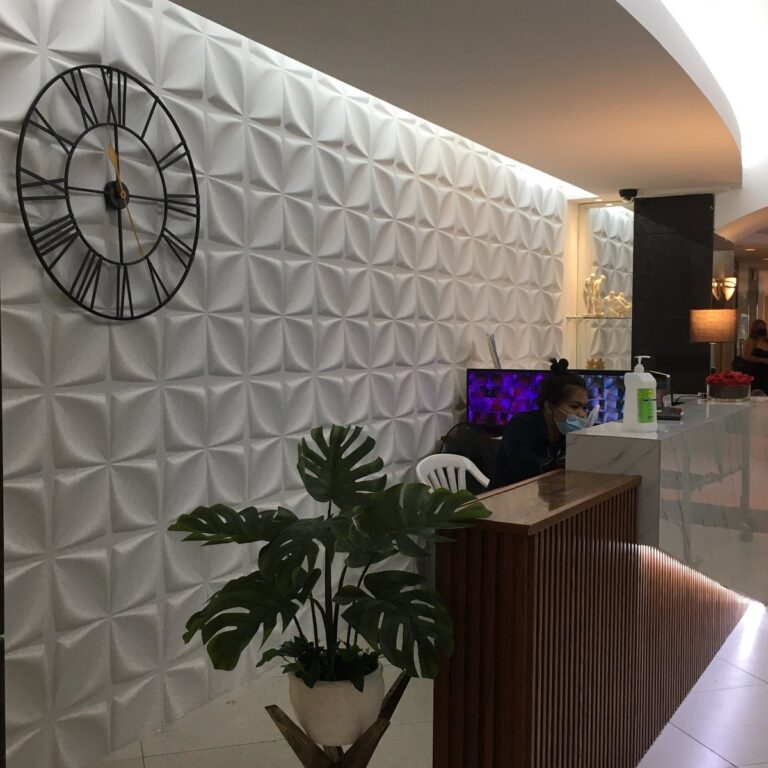
Walls are more than structural elements; they set the tone
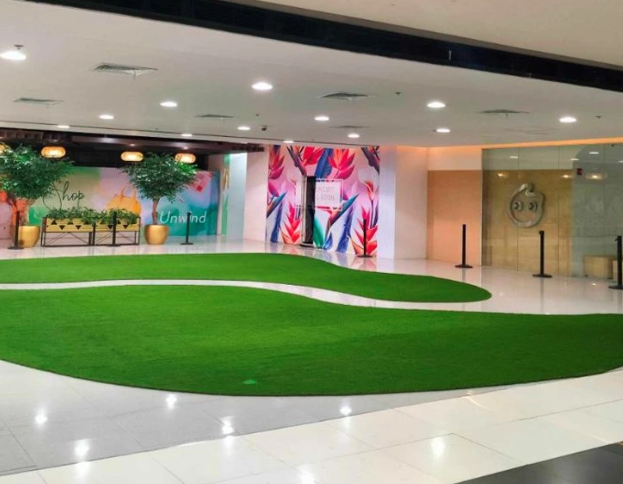
Urban living in Pasay presents unique challenges for landscaping. Limited
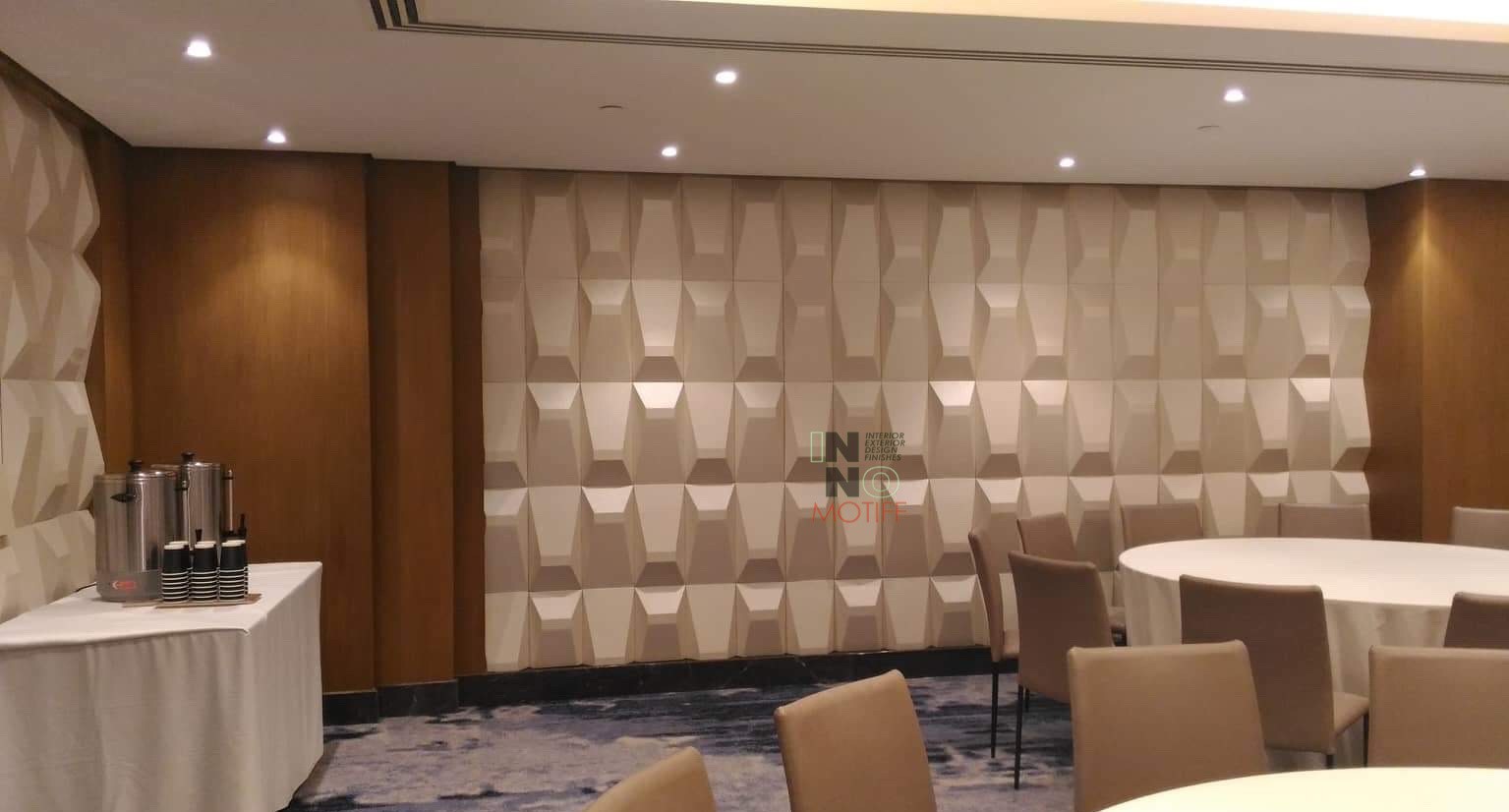
Modern interior design emphasizes creativity, functionality, and a sense of

Modern interior design trends in Mandaluyong emphasize creativity, texture, and
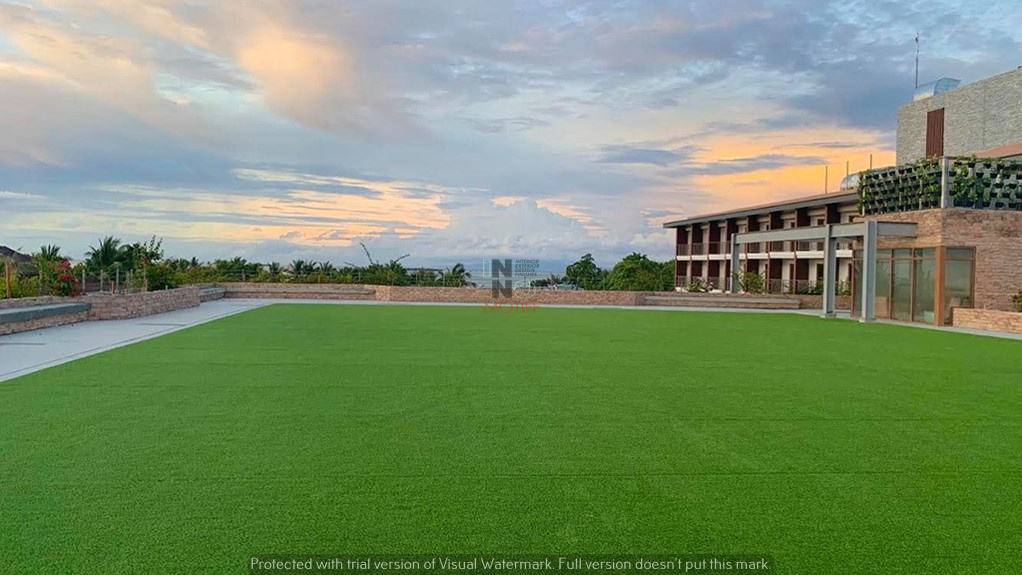
Maintaining a lush and vibrant lawn in Navotas can be
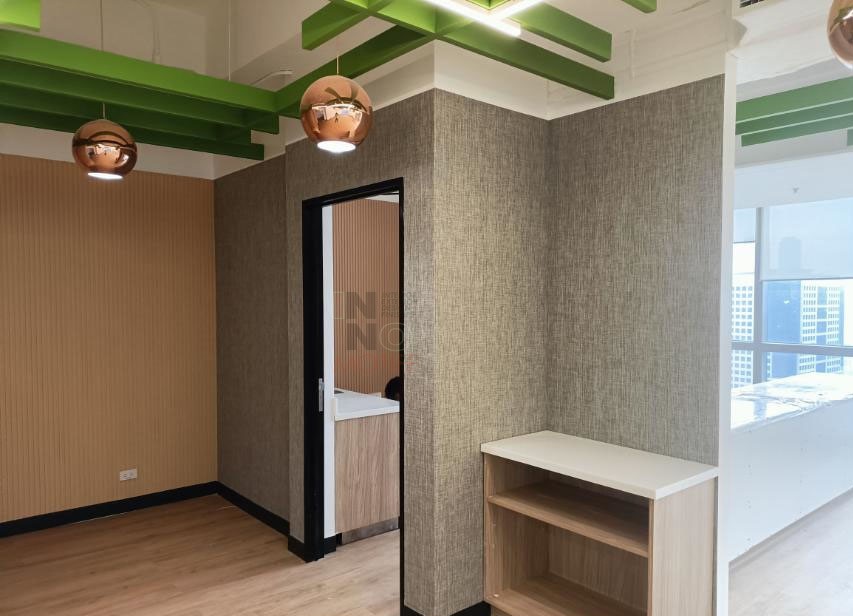
Yarn woven covers are becoming a preferred choice for homeowners,

Finding a reliable artificial plant supplier near me can make

Maintaining a beautiful green lawn in the Philippines can be
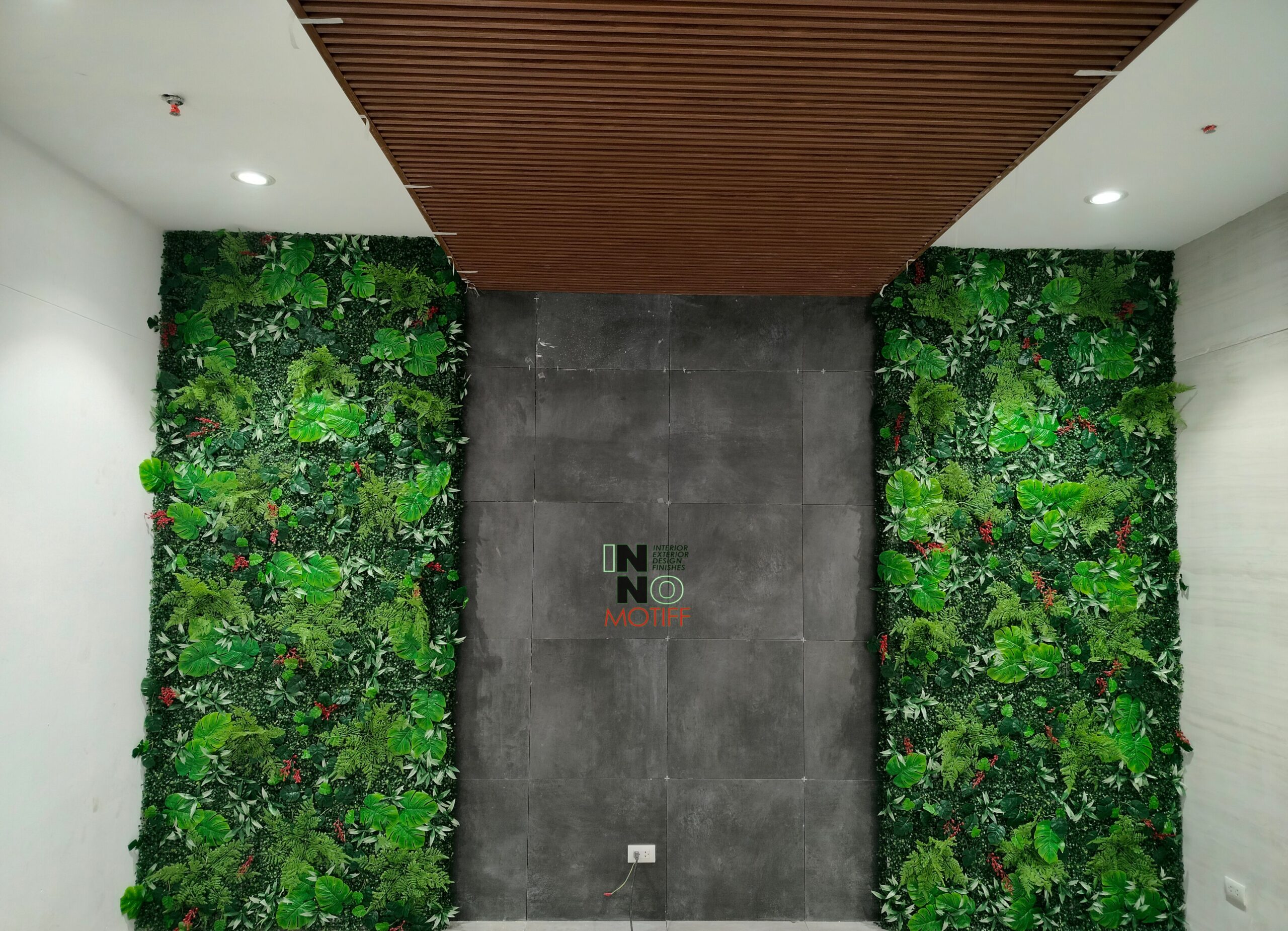
Bringing greenery into homes, offices, or commercial spaces has never